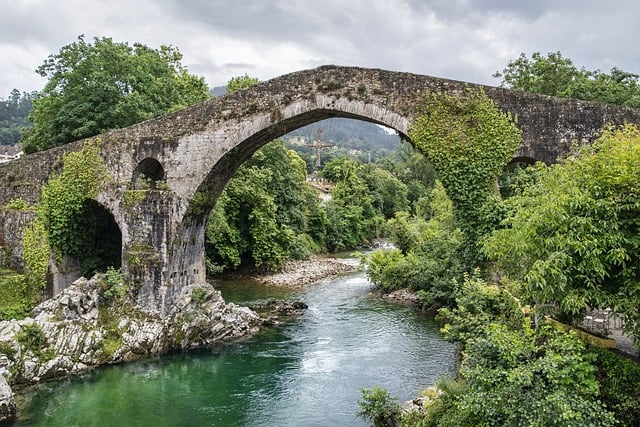When we think of Roman style, images of grand columns, sweeping arches, and intricate mosaics come to mind. The Roman Empire, with its vast expanse and rich history, has left an indelible mark on architecture and design that continues to inspire contemporary creators. Roman style is not merely a relic of the past; it embodies a timeless elegance that resonates with modern sensibilities.
Art in Roman architecture is a harmonious blend of functionality and beauty. Structures were not merely built; they were crafted with an artistic vision that celebrated both utility and aesthetic appeal. The Colosseum, for example, stands as a testament to engineering prowess while simultaneously serving as a canvas for decorative reliefs that tell the stories of gods and heroes. These elements invite not just admiration for their scale, but also for the stories that they capture in stone.
In exploring Roman design, one can see how the principles established centuries ago continue to influence the way spaces are created today. The use of domes, vaults, and open spaces reflects a keen understanding of form and function. The Pantheon, with its massive dome and oculus, not only showcases innovative construction techniques but also offers a glimpse into the Roman belief in the divine connection between the heavens and the earth. It encourages modern architects to consider how light, space, and materials interact to create experiences that resonate with those who inhabit these spaces.
Furthermore, Roman style extends beyond monumental structures and into everyday life. The intricate designs of Roman pottery, frescoes, and textiles reflect a rich cultural narrative that adds depth to our understanding of their society. The attention to detail and craftsmanship in even the most mundane objects demonstrate a philosophy that values art in all aspects of life. As we strive to incorporate Roman influences into modern design, we find inspiration in their ability to elevate the everyday through art.
The vibrancy of Roman style can also be seen in landscaping and urban planning. The Romans mastered the integration of nature into their cities, creating public spaces that not only served practical purposes but also provided beauty and solace. The concept of the forum as a central gathering place for civic life can inspire contemporary urban designers to think about how public spaces can foster community and connection.
Incorporating Roman style into architecture and design today involves a dialogue with history. It challenges us to blend traditional elements with modern innovations, resulting in creations that honor the past while embracing the future. The elegance of Roman structures, the artistry in their design, and the profound cultural significance they held invite us to reflect on our own practices and ideologies.
As we delve deeper into the art of Roman style, we discover not just a set of aesthetic principles, but a philosophy that celebrates the intersection of art, functionality, and the human experience. Exploring this rich tapestry opens up a world of possibilities for today’s architects and designers, encouraging them to create spaces that resonate with beauty, history, and purpose.




